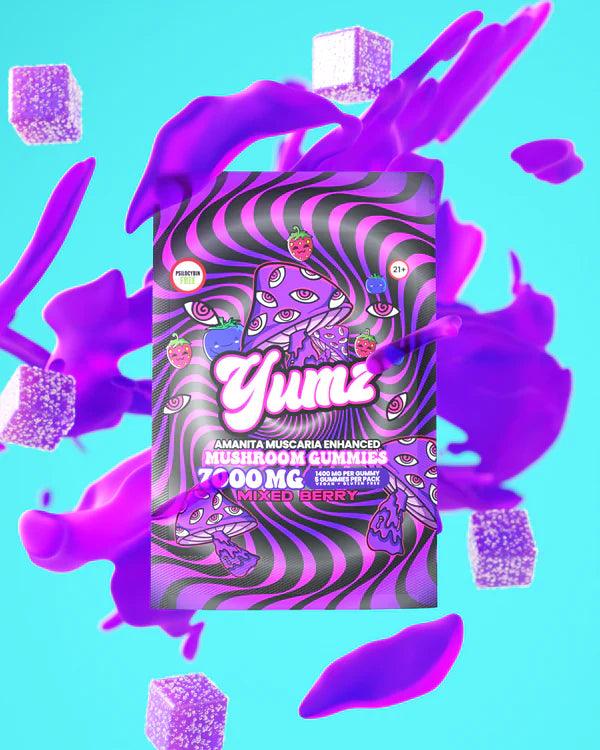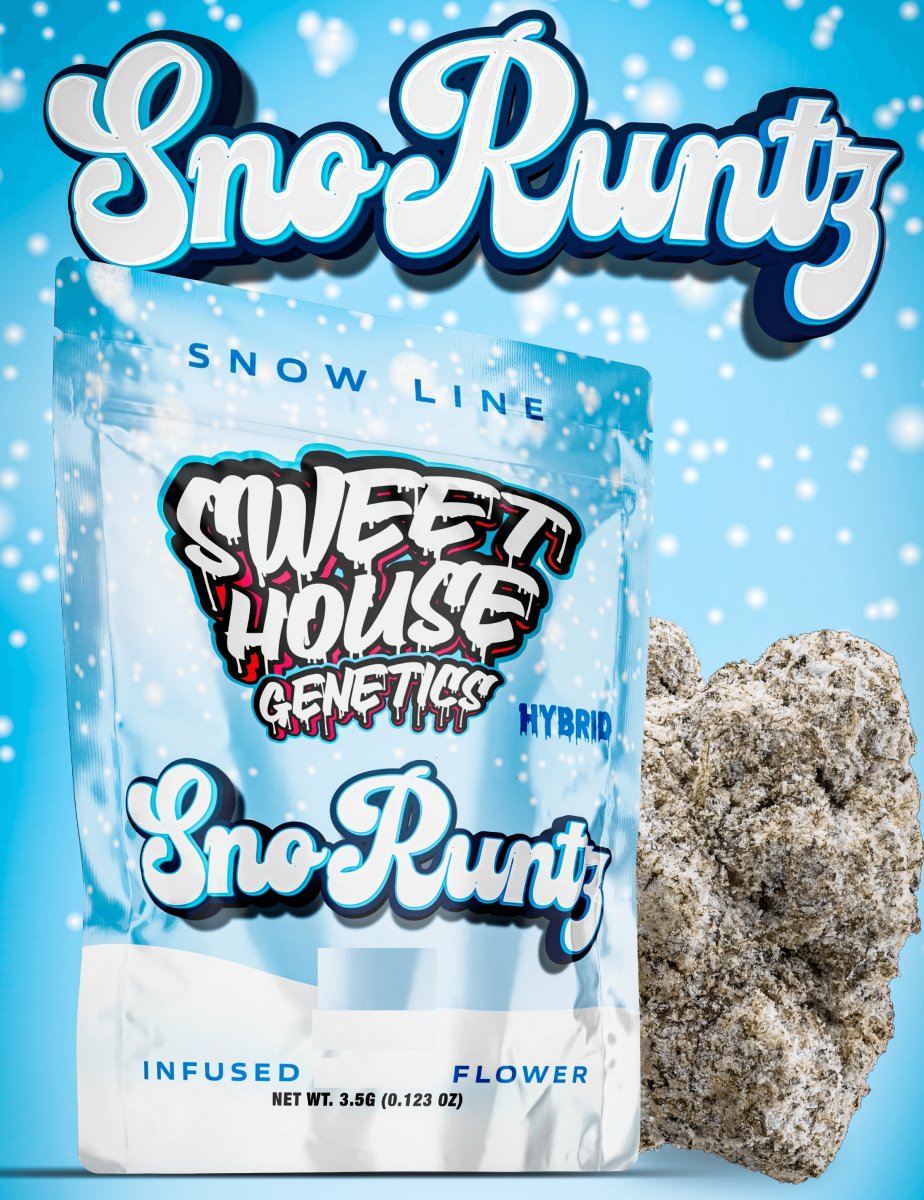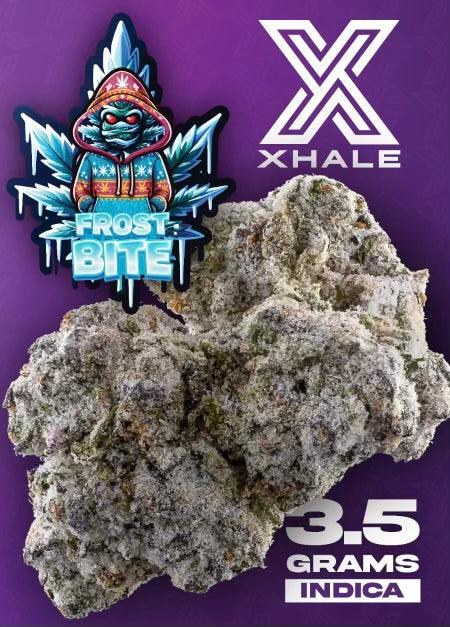
A closer look at the shamanic use of Amanita Muscaria reveals that these mushrooms were not merely recreational tools, but rather served as central aspects of the shaman's toolkit. In Siberian cultures, the mushroom's hallucinogenic effects were thought to enable communication with the spirit world. Shamans would enter trance states under its influence to perform healing rituals, bring luck for hunts, or alter the weather. The effects of Amanita Muscaria allowed them to engage with what they perceived as the spirit realm, acting as intermediaries between their community and the unseen world.
The mushrooms were prepared in various ways. They could be dried, either in the sun or over the fire, and consumed directly, or brewed into a tea. They were sometimes mixed with other ingredients, such as local herbs, to either potentiate the effects or mitigate some of the more unpleasant side effects.
**Soma - A Mystical Brew**
Expanding on the soma theory, the Rigveda describes the drink as a divine nectar that granted god-like powers, immortality, and access to extraordinary realms. The exact ingredients of soma remain a mystery, but some scholars believe Amanita Muscaria could have been a key component due to its hallucinogenic properties.
The use of Amanita Muscaria as soma would not only fit with its spiritual use in other cultures but could also offer an explanation for the striking descriptions of transcendental experiences found in the Rigveda. Soma was said to induce exhilarating, divine visions, potentially aligning with the known effects of Amanita Muscaria.
**Potential Influence on Early Christian Traditions**
Wasson's theory that Amanita Muscaria influenced early Christian traditions is indeed controversial but intriguing. Wasson proposed that the red and white colors of the mushroom might have been represented in the clothing of St. Nicholas, who later evolved into our modern-day Santa Claus. He even suggested that the "flying" reindeer of Christmas tradition might actually be a metaphor for the hallucinogenic journey that the mushroom can induce.
Additionally, biblical scholar John Marco Allegro proposed an even more radical theory, suggesting that Christianity itself originated from a mushroom fertility cult, with the Amanita Muscaria as the "Tree of Knowledge" in the Garden of Eden. These theories, while controversial and not widely accepted, illustrate the extent to which the Amanita Muscaria has captured our collective imagination.
**Medicinal Use and Modern Research**
Apart from its spiritual use, Amanita Muscaria also has a history of medicinal use. In various cultures, it has been used as an analgesic, a treatment for joint and muscle pain, and even as an insecticide due to its toxicity to flies, hence the name "Fly Agaric."
Modern research has only just begun to explore the potential medicinal properties of Amanita Muscaria. Studies are looking into its potential use as a treatment for neurological disorders, thanks to its effect on the GABA and glutamate neurotransmitter systems.
**Conclusion**
The journey of Amanita Muscaria through history is as colorful and varied as the mushroom itself. From its potential role in Vedic and possibly Christian traditions to its use in shamanic practices in Siberia, this mushroom has played a notable part in human spiritual and cultural experiences. Its influence extends even to the modern day, where it features in popular culture and is a subject of scientific research.
While the full extent of its influence and usage may never be fully known, the Amanita Muscaria mushroom serves as a reminder of our shared human curiosity and the lengths we've gone to explore our consciousness. As we continue to investigate this unique mushroom, there's no doubt that it will continue to surprise and intrigue us.
This exploration has hopefully provided a more comprehensive look into the history and use of Amanita Muscaria. Please note that while this blog provides an overview of the mushroom's history, it does not endorse or encourage its consumption. Amanita Muscaria is a potent hallucinogen with unpredictable effects and is toxic in high amounts. Always prioritize safety and legality when it comes to the use of substances like these.



